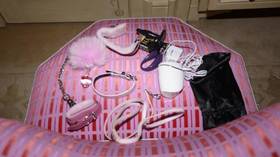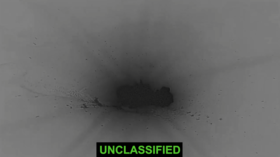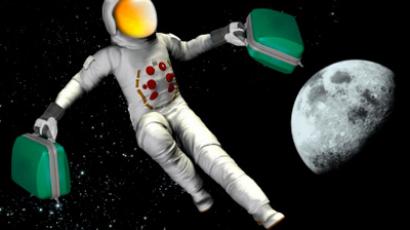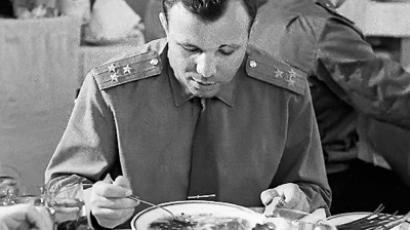Through hardship to the stars
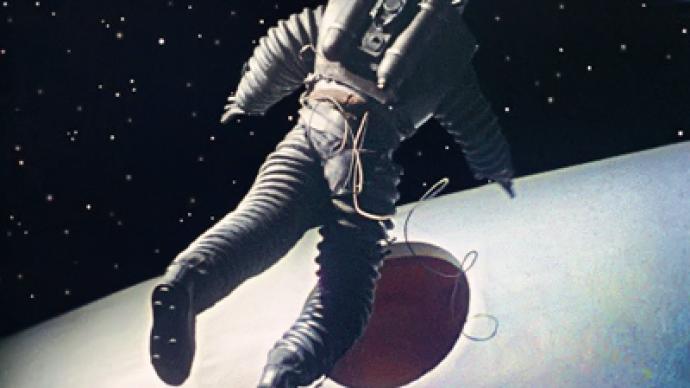
It has been half a century since Yury Gagarin became the first man in space, blasting-off into the pages of history. But that pioneering achievement was the result of years of painstaking work.
In top secrecy, a team of dedicated volunteers put the equipment needed through its paces, in the hope of one day propelling man to the stars.John Gridunov, a freelance explorer went through hell on Earth – to put the first man in space. John, an unusual name for a Russian, was a volunteer who tested the equipment needed to reach orbit and it took him to the limits of human endurance.“No one in the world has ever experienced what I did – 19G on the centrifuge. That means my weight increased 19-fold. Blood was oozing through my pores – later I was forbidden to even mention it! Back then everything was a secret,” says John.In 1959, when Gridunov became a test volunteer, no one knew just how humans would be affected by zero gravity, extreme stress or even the sense of endlessness. Space was the great unknown and too many questions needed answering.“Any emergency that could happen to a cosmonaut during a flight – and in reality they rarely experience all this – I had to endure. Once, during a test to find a safe angle for an emergency landing seat I was thrown from a 14-meter height, just like that, free fall. Another time I spent 13 hours in ice cold water – to test a space suit. When the state commission came to check on me in the morning, someone said, surprised ‘Look, he’s alive!’ Gridunov recalled.The experiments using humans were top secret in the Soviet Union … and it was not fame the volunteers were after.“We were brought up that way – we weren’t afraid of extreme situations – there was simply no fear,” said test engineer Nikolay Burkov.As the space program developed, tests became more sophisticated. The imitation of weightlessness – or immersion – was invented, and soon preceded all the trials.One of the most unpleasant tests is being stuck in the capsule after the immersion, being battered by the waves of the open sea. An actual cosmonaut spends a maximum of three hours in recline position as part of their training while the test engineers have to last for days, be it in 40 degree heat or cold.Victor Ren lasted the longest of all – three days while his sea sick companions gave up one after another.“Not everyone survived those tests. But we never thought of ourselves as heroes. We bled and hurt but told no one. We needed to prove humans could do it. And after all those years, and over 300 experiments, I came to the conclusion – my input was maybe even more important for space science than if I went to space once or twice,” says Victor Ren from the Cosmonauts Training Center at Star City.Nowadays the cosmonaut survival course is based on their work. However, they are not pushed to the limit and they do have the chance of traveling to space one day.“Many of the test engineers wanted to become cosmonauts, but that’s exactly their tragedy – that they simply sacrificed themselves,” says cosmonaut Georgy Grechko.Their names may be lost in history but in many ways, it was them, the unknown heroes, who meant the dream of space could become a reality.


